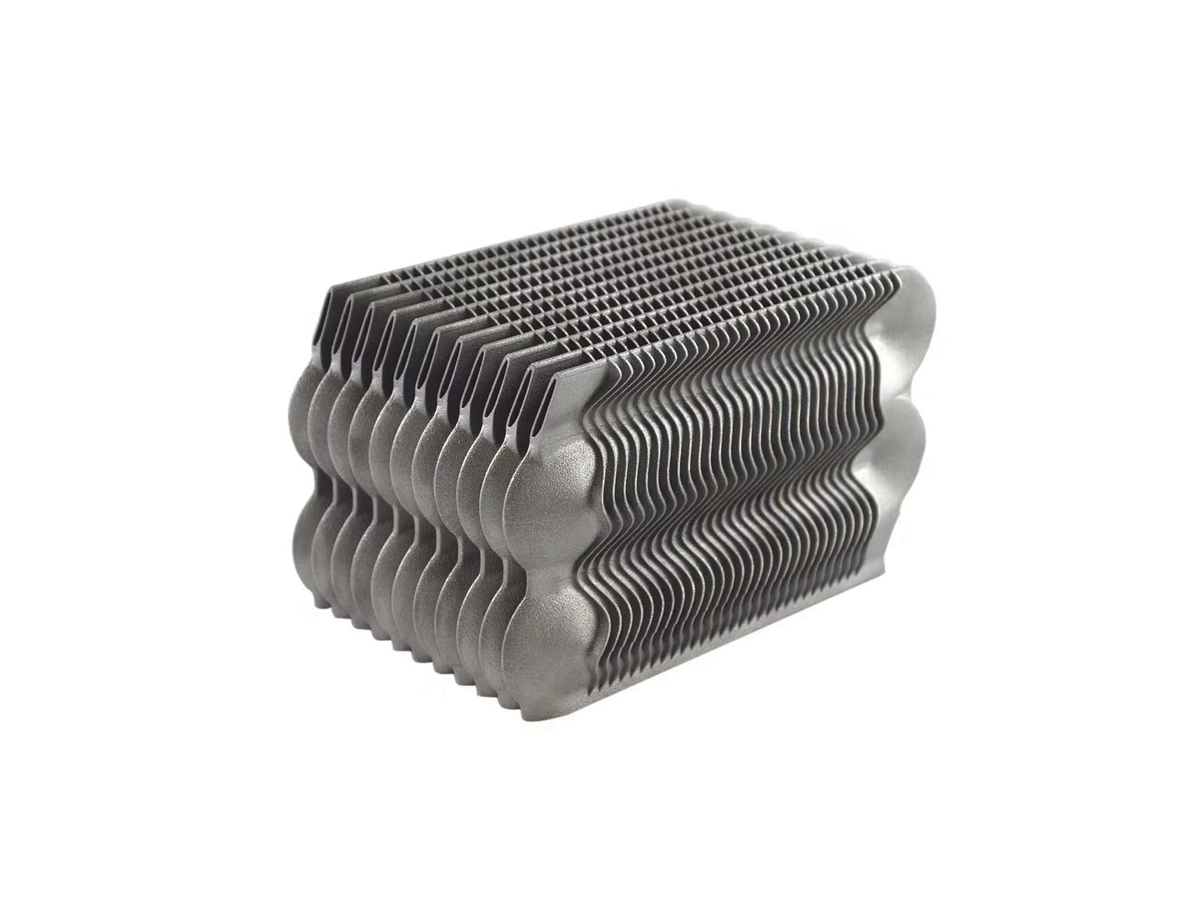3D Printing Prototyping of Titanium: Precision Parts for Medical and Industrial Applications
Introduction
Titanium’s excellent strength-to-weight ratio, biocompatibility, and corrosion resistance make it a preferred choice for 3D printing prototyping, especially in the medical device and industrial equipment sectors. Utilizing advanced additive manufacturing processes such as Powder Bed Fusion, titanium prototypes achieve complex geometries with exceptional precision (±0.1 mm accuracy).
Leveraging cutting-edge Titanium 3D printing, manufacturers accelerate prototyping cycles, reduce lead times, and ensure the reliability of components critical for demanding medical and industrial applications.
Titanium Material Properties
Material Performance Comparison Table
Titanium Alloy | Tensile Strength (MPa) | Yield Strength (MPa) | Density (g/cm³) | Max Operating Temp (°C) | Applications | Advantages |
|---|---|---|---|---|---|---|
900-1000 | 830-900 | 4.43 | 400 | Medical implants, aerospace | High strength-to-weight, excellent biocompatibility | |
860-950 | 795-880 | 4.43 | 350 | Surgical implants, medical devices | Enhanced biocompatibility, lower impurities | |
950-1020 | 890-950 | 4.48 | 480 | High-temp components, industrial | Superior thermal stability, corrosion resistance | |
620-780 | 480-620 | 4.48 | 320 | Hydraulic systems, industrial valves | Good weldability, moderate strength |
Material Selection Strategy
Choosing suitable titanium alloys for 3D-printed prototypes involves a detailed evaluation of mechanical strength, temperature resistance, and biocompatibility:
Ti-6Al-4V (Grade 5): Ideal for high-strength medical implants and structural, industrial components, combining excellent strength (up to 1000 MPa) and outstanding biocompatibility.
Ti-6Al-4V ELI (Grade 23): Preferred for surgical prototypes and medical devices due to lower oxygen content (ELI grade), providing enhanced biocompatibility and fatigue resistance.
Ti-5Al-2.5Sn (Grade 6): Suitable for industrial applications that operate at elevated temperatures (up to 480°C), offering superior thermal stability and robust corrosion resistance.
Ti-3Al-2.5V (Grade 12): Optimal for hydraulic and industrial prototypes needing excellent weldability, moderate strength, and corrosion resistance at lower operational temperatures.
3D Printing Techniques for Titanium Prototypes
3D Printing Process Comparison
3D Printing Process | Accuracy (mm) | Surface Finish (Ra µm) | Typical Uses | Advantages |
|---|---|---|---|---|
±0.1 | 5-20 | Complex medical implants, structural parts | High density (≥99.7%), intricate geometries | |
±0.2 | 10-30 | Large industrial components, repairs | Rapid deposition, multi-material capability | |
±0.3 | 8-25 | Rapid prototypes, early-stage testing | Cost-effective, rapid production |
3D Printing Process Selection Strategy
Selecting an appropriate additive manufacturing technique for titanium prototyping involves consideration of complexity, accuracy, and intended application:
Powder Bed Fusion (ISO/ASTM 52911-1): Best for intricate medical implants and precision industrial prototypes demanding high accuracy (±0.1 mm) and fully dense structures (≥99.7%).
Directed Energy Deposition (ISO/ASTM 52926): Suitable for fabricating or repairing large industrial components, achieving deposition rates up to 5 kg/hr and moderate precision (±0.2 mm).
Binder Jetting (ISO/ASTM 52900): Ideal for rapid, economical production of titanium prototypes requiring moderate accuracy (±0.3 mm), particularly in early-stage evaluations.
Surface Treatments for Titanium Prototypes
Surface Treatment Comparison
Treatment Method | Surface Roughness (Ra µm) | Corrosion Resistance | Max Temp (°C) | Applications | Key Features |
|---|---|---|---|---|---|
0.4-1.2 | Excellent | 350 | Medical implants, wear parts | Enhanced oxide layer, improved biocompatibility | |
≤0.3 | Excellent | 400 | Surgical instruments, precision parts | Smooth surface, reduced bacterial adherence | |
1.6-3.2 | Good | Material Limit | Industrial parts, roughened implants | Improved adhesion, mechanical bonding | |
0.6-1.8 | Superior | 300 | Sensitive medical parts, corrosion-prone components | Removes surface contaminants, corrosion protection |
Surface Treatment Selection Strategy
Appropriate surface treatments enhance the performance, durability, and biocompatibility of titanium prototypes:
Anodizing: Provides superior corrosion resistance and biocompatibility through enhanced oxide films, which are ideal for implants and medical instruments exposed to bodily fluids.
Electropolishing: Achieves a surface finish (Ra ≤0.3 µm) suitable for surgical tools and precision medical components, significantly reducing contamination risks.
Sandblasting: Creates rough surfaces (Ra 1.6-3.2 µm) beneficial for industrial prototypes requiring strong mechanical bonds or implant components requiring osteointegration.
Passivation: Essential for critical prototypes, ensuring the removal of surface impurities and providing consistent corrosion protection in sensitive environments.
Typical Prototyping Methods
Titanium 3D Printing: Quickly produces high-strength, precision prototypes (±0.1 mm accuracy), ideal for complex medical and industrial applications.
CNC Machining Prototyping: Delivers final precision refinements (±0.005 mm accuracy), ensuring exact dimensional specifications.
Rapid Molding Prototyping: Efficiently generates small batches (±0.05 mm accuracy) for functional testing under realistic conditions.
Quality Assurance Procedures
Dimensional Verification (ISO 10360-2): Validates tolerances to ±0.1 mm accuracy using precision CMM inspections.
Density and Porosity Testing (ASTM F3001): Ensures optimal material density (≥99.7%) for structural integrity.
Mechanical Property Testing (ASTM F136, ASTM E8): Validates tensile strength and yield properties required by medical and industrial standards.
Surface Finish Inspection (ISO 4287): Confirms specified surface roughness levels, ensuring suitability for medical-grade applications.
Biocompatibility Evaluation (ISO 10993-1): Essential for medical prototypes ensuring safety for patient contact.
ISO 9001 and ISO 13485 Certification: Guarantees adherence to rigorous medical and industrial quality management standards.
Key Industry Applications
Surgical implants and medical devices
Aerospace structural parts
Industrial valve and pump components
Precision instrumentation
Related FAQs:
Why choose titanium for medical and industrial prototyping?
Which 3D printing processes suit titanium parts best?
How do surface treatments improve titanium prototypes?
What quality standards apply to titanium prototyping?
What industries benefit most from titanium 3D printing?

